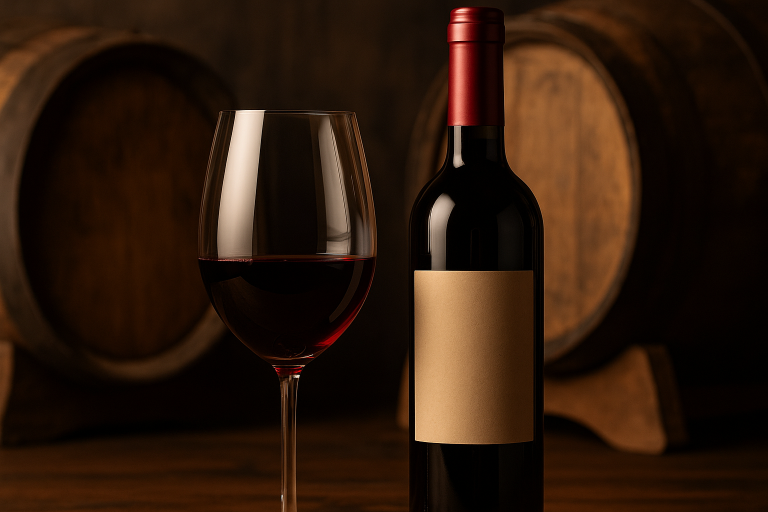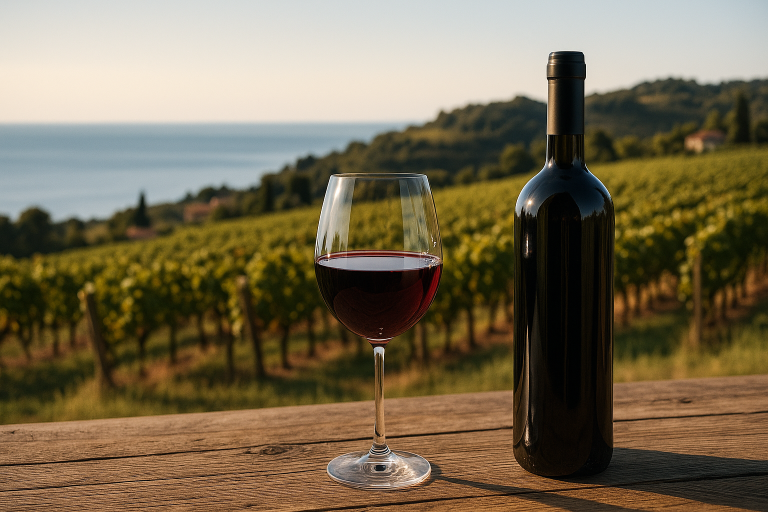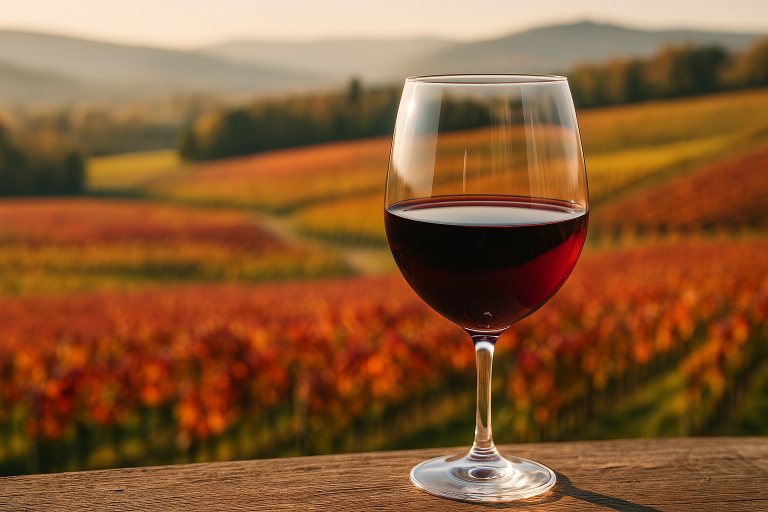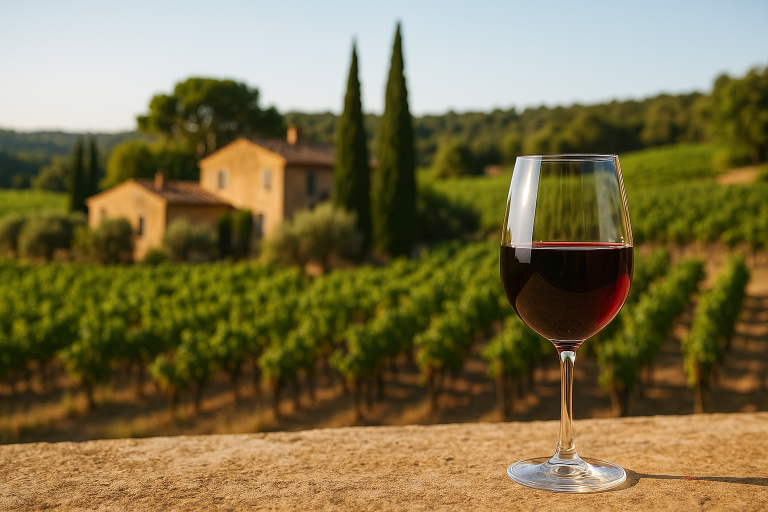Among the world’s most beloved red wines, Merlot holds a special place for its soft texture, inviting aroma, and approachable style. Known as the “velvet grape” for its smooth, rounded mouthfeel, Merlot strikes the perfect balance between power and grace — offering warmth without aggression, elegance without austerity. It’s a varietal that welcomes both newcomers to red wine and seasoned connoisseurs alike.
A Brief History of Merlot
The story of Merlot begins in the Bordeaux region of France, where the grape was first mentioned in the late 18th century. The name “Merlot” likely comes from the French word merle — meaning “blackbird” — a nod to the dark blue-black color of its grapes.
In Bordeaux, Merlot quickly became prized for its supple tannins and ripe fruit character, qualities that complemented the structure and intensity of Cabernet Sauvignon. Together, they form the backbone of Bordeaux’s legendary red blends. Over time, Merlot’s adaptability led it to flourish beyond France, spreading to Italy, the United States, South America, and Australia.
Despite a brief dip in reputation in the 1990s — partly due to overproduction and the cultural backlash from the film Sideways — Merlot has regained its rightful place as a world-class varietal, celebrated for its versatility and refinement.
Regions Where Merlot Thrives
Merlot is grown in nearly every major wine-producing country, thriving in both cool and warm climates.
- France (Bordeaux): Merlot dominates the Right Bank, especially in Pomerol and Saint-Émilion, where it produces lush, structured wines with aging potential.
- California (Napa Valley, Sonoma, Paso Robles): New World Merlots are fruit-forward, with plum, blackberry, and mocha notes, often wrapped in gentle oak.
- Italy (Tuscany and Friuli): Used in both varietal wines and Super Tuscan blends, Merlot adds body and softness to Sangiovese and Cabernet-based wines.
- Chile: Offers excellent value — smooth, ripe Merlots with red fruit and herbal freshness.
- Australia: Known for rich, silky expressions that balance ripe fruit with spice and chocolate undertones.
Merlot’s global adaptability is a testament to its resilience and charm — it can be elegant and structured in cool climates or plush and fruit-driven in warmer ones.
Tasting Notes
Classic Merlot delivers a medium to full body with soft, velvety tannins and moderate acidity. The flavor profile centers on plum, black cherry, and red berry fruit, layered with hints of chocolate, vanilla, cedar, and spice. In cooler regions, it leans toward herbs and graphite; in warmer climates, it embraces lush black fruit and mocha.
Aged Merlot evolves gracefully, developing notes of leather, truffle, and tobacco, revealing depth and sophistication. Its smooth texture and balanced fruit make it exceptionally food-friendly — pairing beautifully with roast chicken, pork tenderloin, pasta with tomato-based sauces, or earthy mushroom risotto.
The Essence of Merlot
Merlot’s enduring appeal lies in its approachability and emotional warmth. It’s a wine that doesn’t demand attention yet always rewards it — generous, smooth, and deeply satisfying. Whether poured as part of a Bordeaux blend or savored as a single-varietal masterpiece, Merlot remains the heart of red wine elegance — timeless, versatile, and unmistakably comforting.







